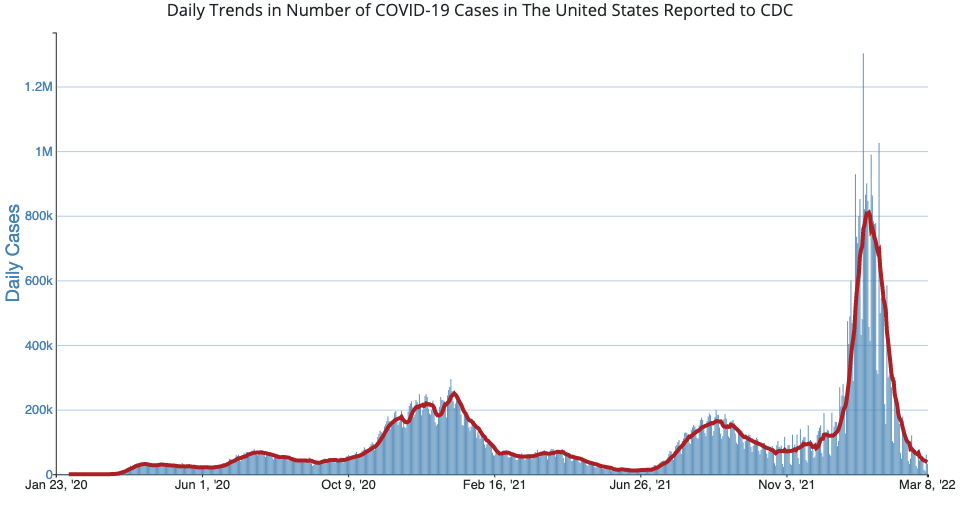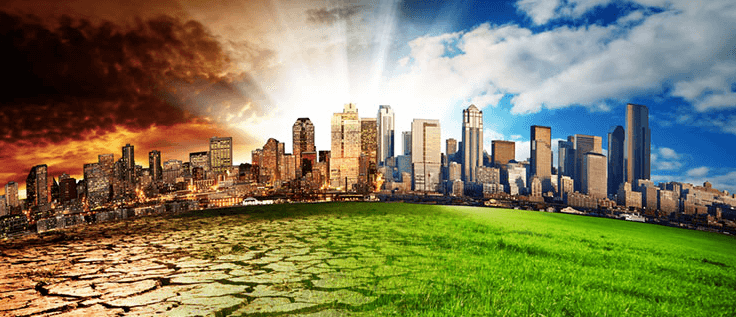What’s the Deal With Daylight-Saving Time?

Image: Seinfeld Adventure
Welcome to “Sleepy Monday,” a day where we can all expect more car accidents, cyberloafing and all-around irritability, according to University of Washington researcher Christopher Barnes.
What’s to blame? A little thing called “Daylight-Saving Time.”
📜 The backstory… As National Treasure taught us, Benjamin Franklin is usually credited with coming up with the idea for daylight-saving time, thanks to a satirical essay he wrote in 1784 during a trip to Paris suggesting the city might save an “immense sum” in candles by forcing party-loving Parisians to end their nights earlier.
During WWII, FDR established year-round daylight-saving time in the US to conserve energy. After the war was over, localities were again free to use DST – or not.
- This meant the country had a patchwork of cities who observed daylight-saving time, but surrounding rural areas that did not. On one 35-mile stretch between Ohio and West Virginia, buses passed through no fewer than seven time changes.😳
- Since this was more confusing than Inception the first time through, the Uniform Time Act was passed in 1966, making daylight-saving time an annual occurrence.
⏰ Big picture: Any state that wants to opt out of daylight-saving time entirely and stay in year-round standard time has the right to do so under the Uniform Time Act. Currently, Arizona and Hawaii are the only two states that use permanent standard time (i.e., keeping the hour behind and not springing forward).
Eighteen states have passed legislation or resolutions over the last four years making daylight-saving time permanent (i.e., keeping the hour ahead year-round) – though they can’t be enacted due to federal law.
- Legislation introduced by a bipartisan group of senators last year would allow those state laws to take effect, but it’s made little progress so far.
The arguments for – and against – daylight saving time

Those in favor of Abolishing DST (i.e., not changing clocks at all):
- 32% of Americans are in favor of adopting daylight-saving time all year (stay an hour ahead)
- 43% of Americans are in favor of standard time all year (stay an hour behind)
Source → AP/NORC poll from November 2021
🚀⏰ Ready, Set, Go: These opinions take 2.01 minutes to read.
Here's why you should [support not changing our clocks from here-on-out]:
The effects of darker afternoons on our mental and physical health can be serious. The biannual transition of "spring forward" and "fall back" disrupts circadian sleeping patterns, causing confusion, sleep disturbances and even an elevated risk to heart health.
The rate of heart attacks spikes by 24% in the days following "spring forward" in March, according to a 2014 study from the University of Michigan. Another study, published in 2016, found stroke rates may also increase by eight percent. Year-round daylight saving time could also decrease the likelihood of fatal car accidents, which jump six percent in the days following the time change, according to a 2020 study from the University of Colorado.
Stolen evening sunlight can also negatively impact mental health. A Danish study found hospitals see an 11% uptick in patients with symptoms of depression immediately following the switch from sunnier daylight saving time to the darker standard time in the fall. By making our days brighter year-round, we can also permanently speed up the clock on seasonal depression triggered by the dark days of winter.
Furthermore, extra sunshine in the evenings can give our economy a boost, with consumer spending up 3.5% when we have more daylight in the evenings, according to the same study in Denmark. And beyond the statistics, there's the simple truth that we all like more sunshine. Evening daylight hours mean more of the day to enjoy after work and allows our kids more time to play after school.

Those in favor of our Current System
- 25% of Americans are in favor of keeping our current system of switching back and forth.
Source → AP/NORC poll from November 2021
🚀⏰ Ready, Set, Go: These opinions take 2.04 minutes to read.
My first instinct was enthusiasm for more evening sunshine and an end to springing forward and falling back. But the longer I looked at the idea, the less I liked it. There are interesting arguments for going all in on daylight saving time and, in my view, even better arguments for saying goodbye to daylight saving time. But our current split system, for all its frustrations, remains the best answer for the United States…
Proponents of perpetual summer time make some reasonable arguments against springing forward and falling back: It’s annoying. It’s particularly painful for parents with small children. It’s even deadly: Studies show that the annual shift to daylight saving time causes a brief but reliable increase in heart attacks, strokes and workplace injuries…
The estimated benefits, however, range from modest to dubious. When Indiana moved onto daylight saving time in 2006, researchers concluded that reductions in the use of artificial light were offset by increases in air conditioning. Moreover, it’s hardly clear the calculus would be the same in the winter, when evening light would come at the expense of morning sunshine. Fewer auto accidents in the evening might come at the expense of more in the morning…
A 2019 AP poll found that less than a third of Americans want to keep the current system, but there’s no consensus about what would be better. That’s the nub: We have a choice of three imperfect alternatives. And eight months of daylight saving time, for all its flaws, delivers the best available compromise: sunshine on summer evenings, and on winter mornings.
When the alarm clock rings on Sunday morning, grin and bear it.
Share this!
Recent Discussion stories

Discussion
| March 11, 2022Two Years Later, is the Pandemic Finally Over?
🦠 Today marks the two-year anniversary of the WHO declaring Covid to be a global pandemic, and the omicron wave has nearly subsided in the US. Are we near the light at the end of the tunnel, or is Covid primed to make a resurgence in the future?

Discussion
| March 9, 2022Is Climate Change the Biggest Threat to Humanity?
🌳❓ By now, it’s hard for even the most dedicated of skeptics to argue that humans aren’t having an influence on the global climate. But how urgent is it really? Does climate change require drastic action ASAP, or are there more pressing issues?

Discussion
| March 7, 2022Is Bitcoin ‘Digital Gold'?
🪙 For years, proponents of bitcoin have been calling it “digital gold”, claiming the world’s oldest cryptocurrency can serve as a hedge against global economic uncertainty, just like the precious metal.
You've made it this far...
Let's make our relationship official, no 💍 or elaborate proposal required. Learn and stay entertained, for free.👇
All of our news is 100% free and you can unsubscribe anytime; the quiz takes ~10 seconds to complete